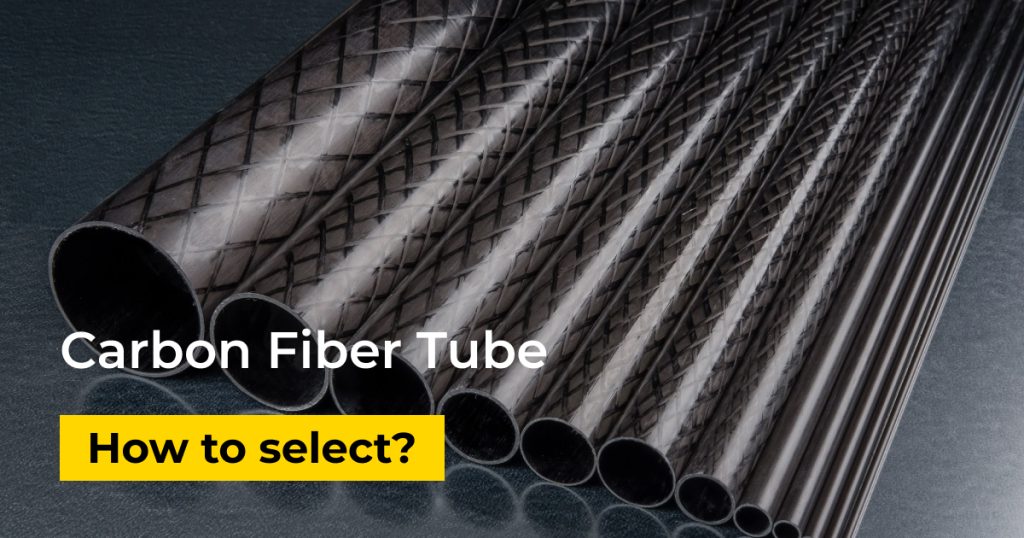Carbon fiber tubes have revolutionized industries ranging from aerospace to sports equipment due to their exceptional strength-to-weight ratio, durability, and versatility. If you’re considering using carbon fiber tubes for your application, understanding the factors involved in selecting the right one is crucial.
In this guide, we’ll delve into the world of carbon fiber tubes, exploring their properties, applications, and how to choose the best one for your specific needs.
Understanding Carbon Fiber Tubes
Carbon fiber is a synthetic material composed of carbon atoms bonded together in a highly crystalline structure. This structure gives carbon fiber its remarkable properties, including:
- High strength-to-weight ratio: Carbon fiber tubes are incredibly strong for their weight, making them ideal for applications where weight reduction is essential.
- Corrosion resistance: Carbon fiber is resistant to corrosion, making it suitable for harsh environments.
- Fatigue endurance: Carbon fiber tubes can withstand repeated stresses without experiencing fatigue failure.
There are several types of carbon fiber tubes, each with its own unique characteristics:
- Unidirectional: These tubes have carbon fibers aligned in a single direction, providing maximum strength in that direction.
- Woven: Woven tubes have carbon fibers arranged in a woven pattern, offering balanced strength and stiffness in multiple directions.
- Hybrid: Hybrid tubes combine unidirectional and woven layers for a tailored balance of properties.
Factors to Consider When Choosing a Carbon Fiber Tube
When selecting a carbon fiber tube, several factors should be taken into account:
- Application: The specific requirements of your application will determine the necessary properties of the tube. For instance, a tube used in aerospace applications may require exceptional strength and lightweight properties, while one used in sports equipment may prioritize flexibility and impact resistance.
- Mechanical properties: Tensile strength, compressive strength, flexural strength, and modulus are key mechanical properties to consider. These properties will influence the tube’s ability to withstand loads and deformations.
- Dimensional accuracy: Precision in tube dimensions and tolerances is crucial for many applications. Ensure that the manufacturer can provide the required level of accuracy.
- Surface finish: The surface finish of the tube can affect its appearance, performance, and compatibility with other materials. Options include polished, rough, or textured finishes.
- Environmental factors: Consider the environmental conditions the tube will be exposed to, such as temperature, humidity, and chemical exposure.
Pro Tip: When evaluating carbon fiber tubes, always prioritize quality over cost. Investing in a high-quality tube can lead to significant long-term benefits. |
Selecting the Right Carbon Fiber Tube Manufacturer or Supplier
Choosing a reputable carbon fiber tube manufacturer or supplier is essential for ensuring the quality and reliability of your product. Here are some factors to consider:
- Look for manufacturers with a proven track record in producing high-quality carbon fiber tubes.
- Certifications such as ISO 9001, AS9100, and NADCAP demonstrate a commitment to quality management systems.
- Many manufacturers offer customization options to meet specific requirements, such as tailored dimensions, properties, or finishes.
- Consider the manufacturer’s lead times and pricing to ensure they align with your project’s timeline and budget.
Case Studies: Successful Carbon Fiber Tube Applications
Carbon fiber tubes have been successfully used in a wide range of industries. Here are a few examples:
- Aerospace: Carbon fiber tubes are used in aircraft structures, helicopter rotor blades, and rocket components to reduce weight and improve performance.
- Automotive: Carbon fiber tubes are used in car frames, suspension components, and body panels to enhance fuel efficiency and safety.
- Sports Equipment: Carbon fiber tubes are used in bicycles, golf clubs, fishing rods, and other sports equipment to provide strength, lightweight, and improved performance.
Pro Tip: When evaluating carbon fiber tubes, consider their fatigue resistance. This property is essential for applications subjected to repeated stresses, such as those found in aerospace and automotive industries. |
Conclusion:
Choosing the right carbon fiber tube for your application requires careful consideration of factors such as mechanical properties, dimensions, surface finish, and environmental conditions. By working with a reputable manufacturer or supplier, you can select a tube that meets your specific needs and delivers exceptional performance.
Hindustan Engineers is a leading provider of high-quality carbon fiber tubes. Our expertise and commitment to excellence ensure that we can deliver the perfect solution for your application. Explore how our carbon fiber tubes can benefit your project.

